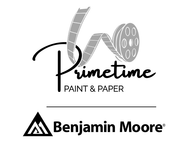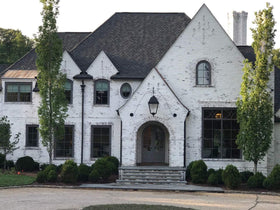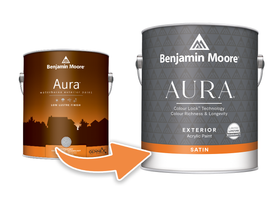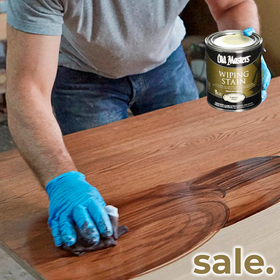A question we get asked a LOT is whether or not primer is really necessary. While there are some very specific instances where you do not need primer, in almost all cases it is very necessary. Primer serves several essential purposes in painting. In this post, we’ll go over some of the most common reasons that you would want to prime before painting.
Many people are tempted to go without using primer. Be aware that in many cases this will actually end up costing you more money, and leave you with an inferior paint job. Don’t skimp out on the primer.
There are several types of primer, for different surfaces and uses. Some primers are designed only to be used on wood, while others are specially formulated to fill up and seal drywall. It’s important to pick the right primer for your job. By educating yourself on the purpose of priming, you will be able to determine which primer to choose when it comes time to go shopping for paint.
Primer Seals Surfaces And Helps The Finish Adhere
Primer sticks well to surfaces, sealing them up and providing a nice surface for your finishing coat. This is important in many cases. For porous surfaces, you will want to prime to seal up the little pores so that the finish can adhere. If you are painting on top of old paint, you will want to prime, otherwise the new paint may not stick, and you will get peeling. Another use of the sealant quality of primer is to eliminate odors that may be trapped in the walls, such as cat urine or smoke odors.
If you are painting in a humid area, it is a good idea to use primer, or you may find your paint peeling very quickly. A peeling paint job can be a nightmare, as it usually peels enough to look terrible, but not enough to be easy to remove. This means you will spend a lot of time prepping the surface to re-do all your paint. Hopefully with primer this time.
Tip: Never paint over oil paint with latex without using a primer. It will peel off, sooner or later.
Provides A Good Solid Foundation For Colour
Primer is also good for keeping stains and other objects from bleeding through the finish coat. If there is a lot of spackle or wood knots on the surface, it’s a good idea to prime first to cover up these areas, or the inconsistencies will show through and look bad.
If you are painting bright or bold colors, primer can add to that colour by providing a good strong colour foundation to paint on top of. Be aware that dark primer will show through light paint, and plan your colours accordingly. In the same way, dark stains on a wall will show through light-coloured coat of paint. Priming first will cut down on this problem.
By sealing up the surface, you also eliminate the problem of your surface absorbing a lot of paint. Spackle, drywall, and other substances will absorb a lot of paint. If you don’t use primer first, you will have to paint many coats of your finish, as each coat is absorbed by the surface materials. Using primer cuts down on the amount of finishing paint you will need to use. As primer is usually cheaper than finishing paint, you will also be saving money, as well as time.
If you’re looking to buy primer in Toronto we carry a wide variety of products suitable for every situation you can imagine, simply contact us for more info.




